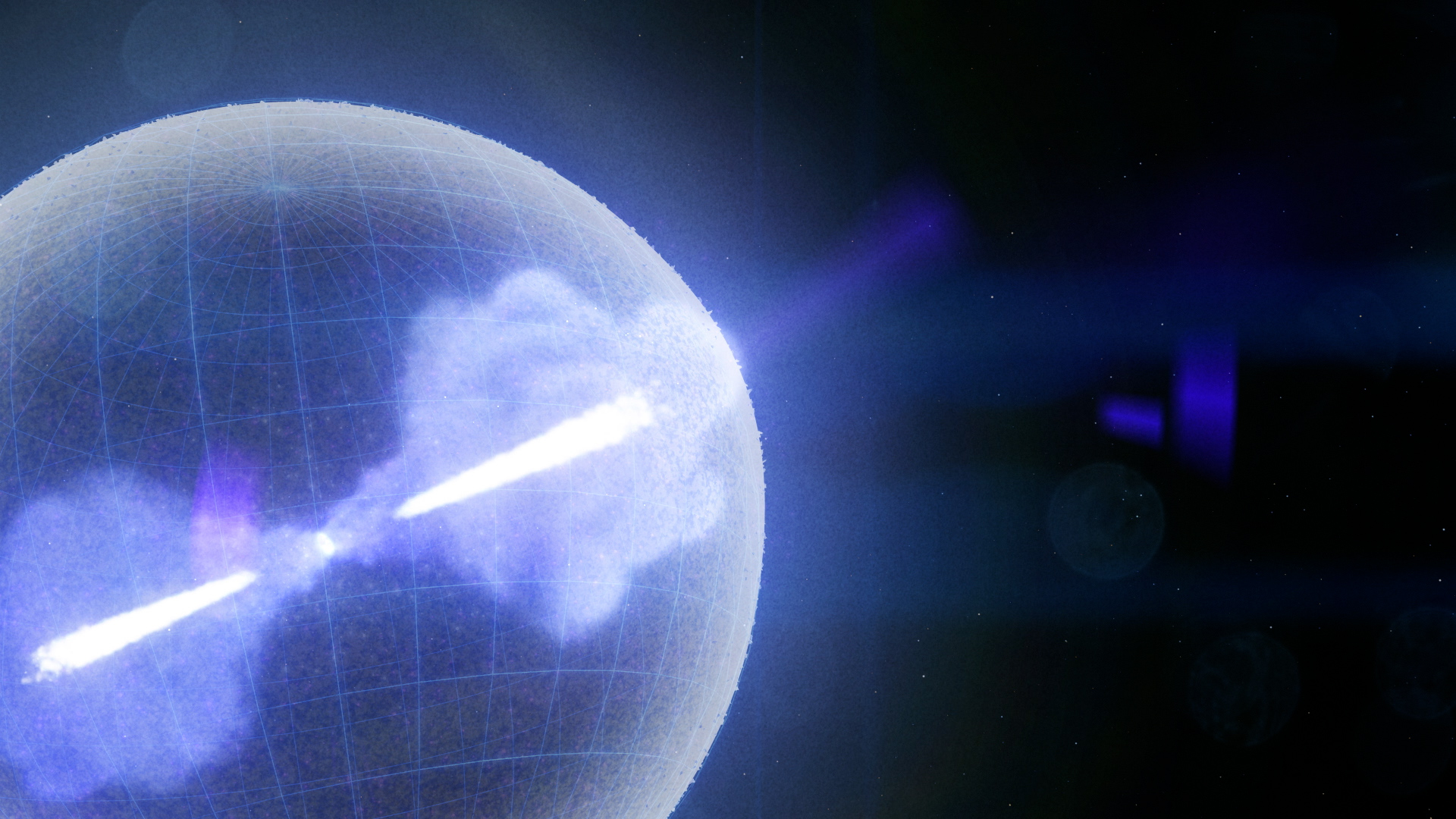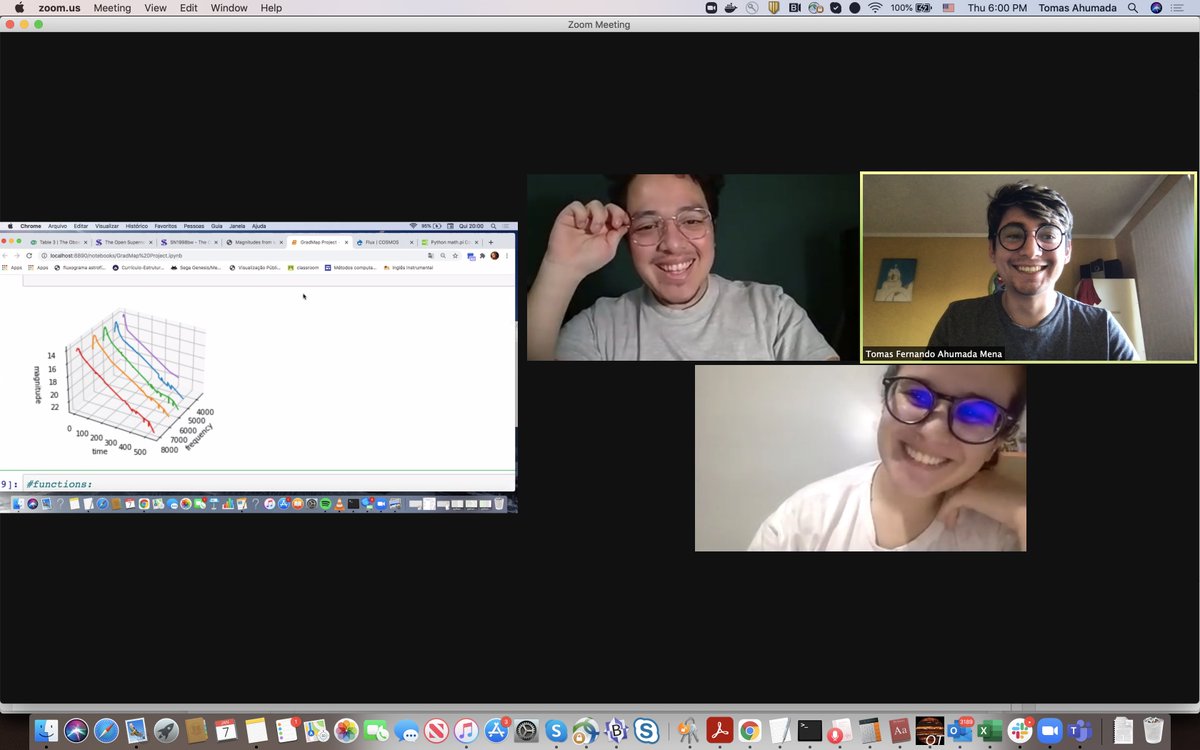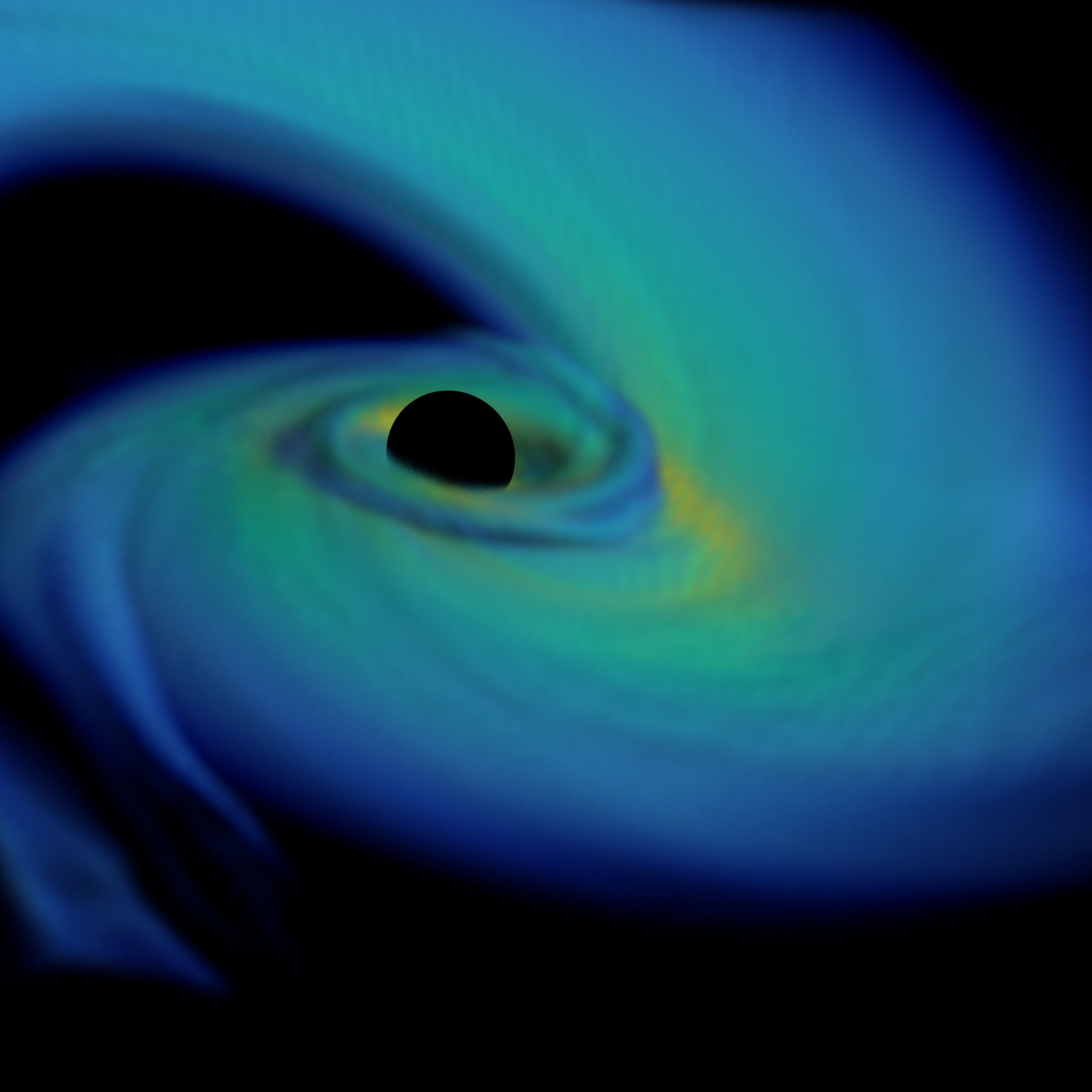November 5, 2022
Welcome!
The one in the picture is me! I am Tomás Ahumada, a Chilean astronomer searching for optical counterparts to short gamma-ray bursts and gravitational waves. I am currently a Presidential Postdoctoral Fellow at the California Institute of Technology (Caltech), where I am working with Prof. Mansi Kasliwal
studying fast evolving transients. I received my PhD in 2022 from the University of Maryland (UMD), where I conducted my research under the supervision of Dr. Leo Singer from NASA Goddard Space Flight Center (GSFC).
There, I used the Zwicky Transient Facility (ZTF) to cover large portions
of the sky and maximize the probability to find interesting explosions in the northern nightsky, and I used a variety of telescopes across the electromagnetic spectrum to monitor and characterize the newly discover objects assosciated to our searches.
Prior to that, I obtained my undergraduate degree in 2016 from the P. Universidad Católica de Chile where I majored in Astronomy.
While there, I worked with both Prof. Felipe Barrientos and Prof. Karim Pichara on using machine learning algorithms
to find quasars in the ATLAS survey.
During the southern hemisphere summer in 2016, I was part of the Cerro Tololo (CTIO) Reaserch Experience for Undergraduates
and worked with Dr. Bryan Miller (from Gemini Observatory) on identifying globular clusters of the shell-elliptical galaxy NGC3923.
After my graduation I interned at Gemini and further analyzed the morphology of the galaxy.




